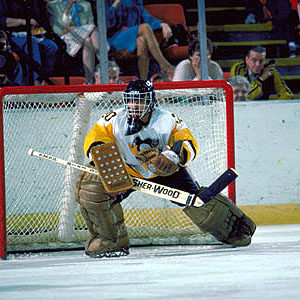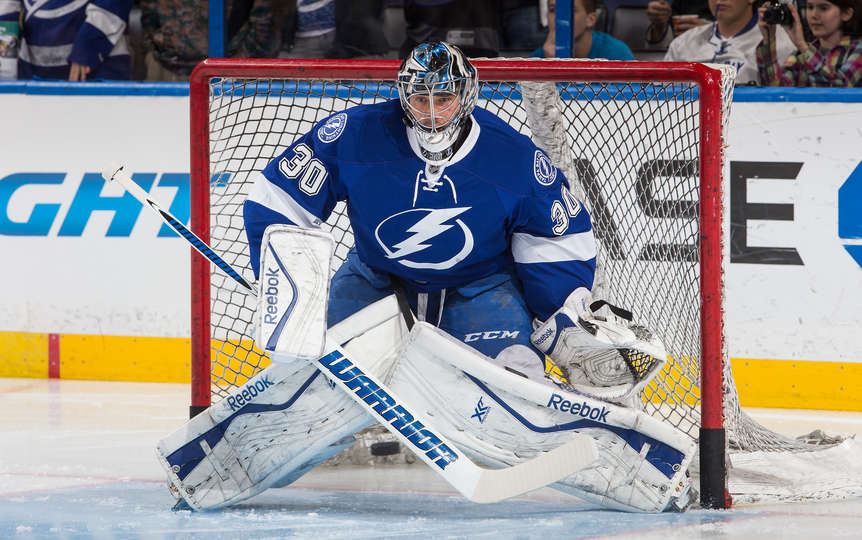bambamcam4ever
107 and counting
- Feb 16, 2012
- 14,399
- 6,439
Factually proven? You have to be kidding me. Please tell me how you were able to control all other factors that may have influenced league-wide scoring levels.That’s a neat idea, but it was literally disproven in reality when the league went from 6 to 21 teams and scoring went up steadily each time they added teams.
No need to take a poll, we have a hard factual disproof already.
That’s a neat idea, but it was literally disproven in reality when the league went from 6 to 21 teams and scoring went up steadily each time they added teams.
No need to take a poll, we have a hard factual disproof already.
I'm sure the larger ice had nothing to do with that. 2010 Olympics had 6.0 gpg by the way- wonder why you didn't mention that though.
Presenting this as some sort of evidence is intellectually dishonest.
Sorry about that, I wasn't aware that was part of the earlier quote.Good lord.
He said he hasn’t looked at the numbers, I provided the numbers from the last tournament. I didn’t make an argument.
A number is a number, there’s nothing dishonest about it.
-Scoring went up each time they added teams?
-In 1979 dilution started. 4 teams from the WHA were added to the NHL, the same year the Great One entered the NHL. Do you know how bad some of these new teams were? They didnt just cherry pick players like Vegas did. The Jets were -154 in goal differential, NEGATIVE 154 in goals against. The Whalers were -87, Devils -86, Wings -87, Nordiques -75. You call this competitive with parity? The talent was already secured by the Elite teams. Every team in the entire Smyth division had negative goal differential. You dont think the Oilers and Montrael having a stacked team killing these new teams had anything to do with it when they didnt have a prayer to survive? Its funny because they all relocated in due time.
-Hey, lets put the Pittsburgh Penguins with Lemieux and Jagr, Recchi, Stevens, Trottier, Paul Coffey and put them up against college teams and see how the stats go.
-Dont make blind statements. The new teams that entered the league all got annihilated outside of the Oilers.
Probably. Considering most euros weren't crossing over, that the US were barely in the picture, and that the league was 95% Canadian, I'd say it's possible.
As for hockey being popular among baby boomers, how many of them played professionally or where groomed the way young talents are today? The infrastructure wasn't the same then.
The numbers are here: NHL League Averages | Hockey-Reference.com
Start in 1967, the last year of the 6-team league. Follow the trend till 1980, when the league hit 21 teams. Now follow the trend till 1991, the decade of no expansion.
Post-1991, structural changes in the game became more important than the 1-team-at-a-time expansions. You had butterfly goaltending, the trap, obstruction, then the countertrend after 2006. Numbers go up and down subtly, for reasons that transcend adding a team every couple of years.
But during that period of rapid expansion, it was extremely clear that introducing inferior players to the league led to a higher scoring rate. Just look at 1965-75 alone, look at the scoring records that got destroyed.
That’s exactly the point. Expanding the league introduces inferior players and teams, who get beat up on by the bigger fish.
Those lines you wrote about the Oilers and Habs feasting on weak competition is dead on target. You started this discussion saying players BEFORE expansion had inflated numbers. Now you’ve come around to arguing that players AFTER expansion were the ones with juiced numbers, which was my point.
I assure you, I’m doing anything but making blind statements. This site has a useful search feature if you’re interested in seeing the research I’ve put into the topic.
He's not Canadian and he's socially awkward.Hasek as the 4th goalie is a bad, albeit unsurprising, take.
-They did have inflated numbers. When you have 6 teams in the league in 1967, then push it to 21 teams in 1978, you completely diluted and crushed your product since there were simply not enough good players all from Canada to come anywhere close to this type of league expansion so quickly. The league wised up in the future as it didnt almost quadruple the league size in a little over a 10 year window. You simply cannot expand that fast. That is why the guys of that Era put up monster numbers. Then the league started taking players from the United State and Europe, and in time, things balanced out. From 1978 until 2018, 10 teams were added over a 40 year window as opposed to 15 teams being added over a 10 year window originally having 1 talent pool in Canada to get players from. You are comparing a 30% increase over the course of 40 years to over a 350% increase of the span of 10 years.
-Ive already read the link you posted, as with, the entire history of NHL expansion. Most people had no idea the Great One was beating up on garbage in the start of his career in a diluted league.
Hasek, maybe. His peak was pretty insane.
Roy? How? Just how?
Dont make blind statements. The new teams that entered the league all got annihilated outside of the Oilers.
You think the number of hockey players in the world has grown by 500% in the past 50 years?
Who in the Top Ten doesn't have a Conn Smythe worthy run (s) on their resume?
Ok, so I don’t disagree with anything you wrote here.
The only thing is, I can’t square it with your original statement: “Gets rid of most of the overrated old time players prior to 1970 that ran up the stats when they had 6-10 teams in the league.”
It seems pretty clear to me, and I may be wrong but I think you actually agree in the post above, that it would be the guys from the early part of the 21-team era (1980s) who had grossly inflated numbers. And that the guys who played post-1970 were playing in a much more diluted league than those a decade or two earlier.
Lemieux is not behind Gretzky... so, no, he is not behind Howe either. That is ridiculous. Crosby is way too high. Richard and some others too. This list is wonky, but then, it's just a list.
Crosby.
Overall a good list. My biggest gripe is Lafleur ahead of Ovechkin. No way!
As a Pens fan, I can't grasp how that many players are between Crosby and Malkin.
As a Pens fan, I can't grasp how that many players are between Crosby and Malkin.



Patrick Roy...Mr clutch. Only player with 3 Conn Smythe trophies.
I forgot to mention Vezina and Dryden who I also put ahead of any active player
500% is a lot, I mean a LOT when we’re talking about Canada in the height of the Baby Boom. When you consider that the number of non-immigrant children in Canada today is about half what it was then, and consider that the hockey participation rate has fallen, the numbers become daunting. Maybe the addition of the Russian talent pool causes those numbers to break even, but I really doubt the addition of the other hockey countries equals 5x (or for that matter even 1x) the Canadian and Russian combined pools.
I do think there’s a larger talent pipeline than there used to be, but it’s more in the range of 1.5x or 2x. Meanwhile the NHL has added 25 teams. The ratios are way off — the league has expanded MUCH faster than the talent pool.
